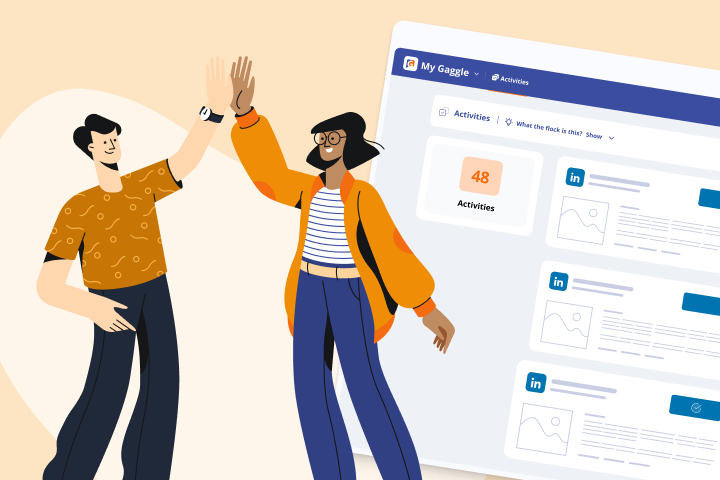The golden arches, mouse ears, and an apple are symbols that represent companies who have achieved high-level, global brand awareness. For these companies, brand awareness equates to trust, consistency, and revenue growth.
In fact, 44% of US consumers said a trusted brand name was the one factor that would lead them to pay more for a product. 68% of surveyed companies said brand consistency accounted for 10% to more than 20% of their revenue growth.
But, before you can reap these benefits, you need to set specific brand awareness objectives. For example, are you aiming to increase website traffic, boost social media engagement, or make your brand recognizable in certain demographics? Once you figure out your objectives, you can utilize multiple brand awareness campaigns — from influencer campaigns to interactive content to cause-related marketing — to reach your targets.
Once your objectives are set, it’s important to track relevant brand awareness metrics to figure out what’s working and what’s not. These metrics will help you continuously refine your brand awareness strategy for the most effective results.
In this article, we’ll explore how to create brand awareness effectively through a mix of examples, strategies, and guiding ideas.
How To Create Brand Awareness Examples
You can have the greatest product in the world, but if you don’t know how to create customer awareness, unfortunately your product will remain on the shelf.
That’s why you need a brand awareness marketing strategy. Part of that strategy is reviewing successful companies’ brand awareness campaign examples. By seeing what has worked for other brands, you can learn how to create a solid brand awareness campaign that works for your company.
Here are three brands worth studying.
1. Ikea
When Ikea established a new store in Malaysia, they had to figure out how to create awareness in the community. So, the brand tapped into the local culture and language. By using a phonetic similarity of some popular Penang Hokkien (a local dialect) words paired with ‘Ikea,’ they created some fun targeted ads.
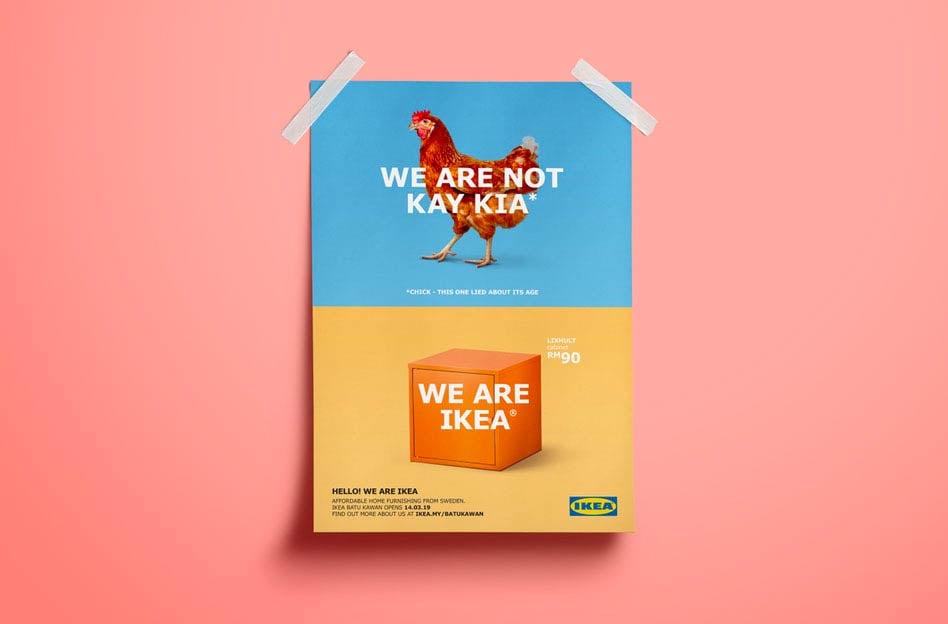
Source: Branding in Asia
One of the ads featured the phrase: “We are not Kay Kia (the local word for chick), we are Ikea.” The ad also showed a picture of a chicken and the brand’s name together.
Pretty clever and a great example of how to create customer awareness.
2. History Channel
Partnering with influencers is another solid brand awareness marketing strategy to help spread the word about your brand. That’s exactly what the History Channel did when it partnered with NeoReach, an influencer marketing software solutions company.
To help the History Channel have a successful TikTok debut, NeoReach put together a team of influencers with diverse audiences. The influencers produced videos around the theme of “Stay Curious” to show their audiences how engrossing history can be.
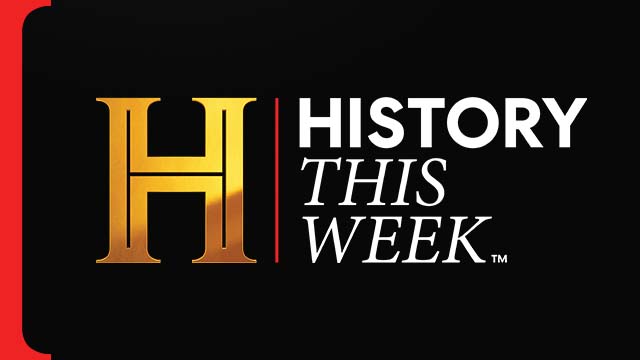
Source: History Channel
Partnering with the right influencers is a great way to grow your audience and brand awareness.
3. McDonald’s
Creating entertaining or insightful content that adds value to your target demographic is another great way to spread brand awareness. McDonald’s entertaining podcast ‘The Sauce,’ shares the story behind the reintroduction of its famous Szechuan sauce.
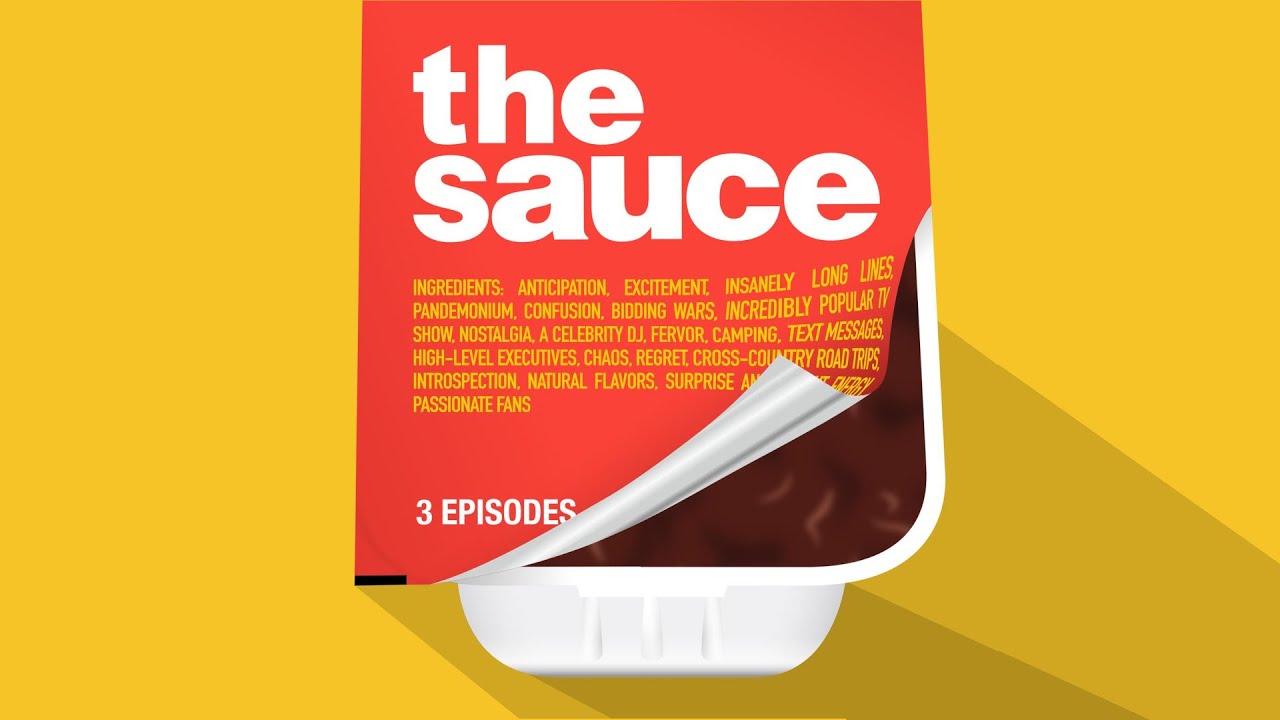
Source: The Sauce Podcast
Other brands have also found success by creating cool content via podcasts to capture audience interest.
How To Increase Brand Awareness on Social Media
The impact of social media on brand awareness is clear: brands need social media to reach their target audiences. Social media platforms provide a direct line of communication and allow for real-time engagement, which both increase brand awareness.
Consistently posting quality content and engaging with your audience is just part of the equation. To boost brand awareness on social media, here’s why you also need to harness the power of user generated content and employee advocacy:
Sharing User Generated Content
Social media is a place where you can take advantage of user generated content (UGC). UGC is widely recognized as one of the best ways to increase brand awareness. However, the 2023 State of UGC report by TINT found that 93% of marketers aren’t maximizing the power of user generated content.
UGC campaigns can include product reviews, social media content, blog posts, and positive mentions in live streams. For example, Apple’s Shot On iPhone campaign encouraged users to share pictures taken with their iPhone cameras. Social media sites were subsequently flooded with users showing off creative photos and videos tagged with the brand’s hashtag.
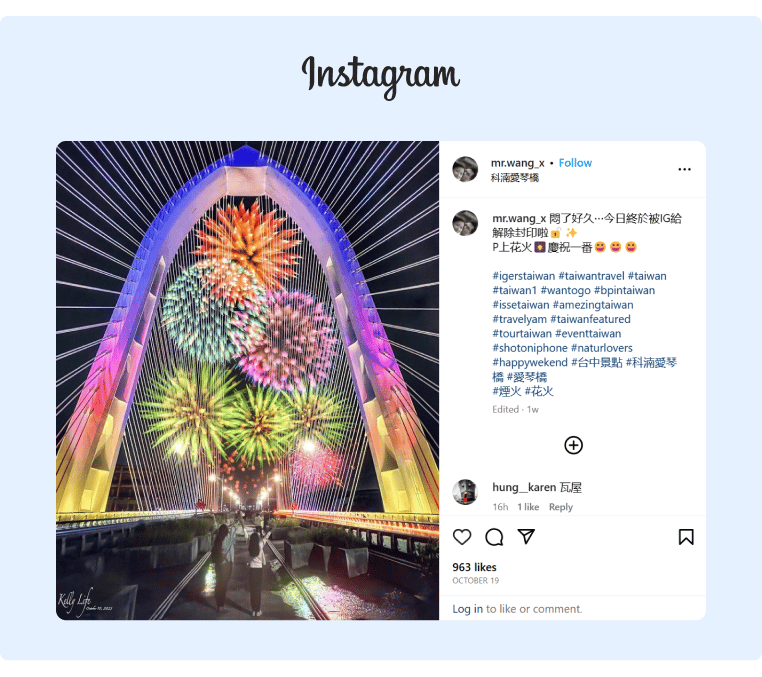
Spreading the Word with Employee Advocacy
Did you know 72% of employees would post brand content on their personal social media accounts if their company wrote it for them? If you aren’t already using employee advocacy, you need to add it to your marketing tools.
Employee advocacy is an effective way to spread brand awareness on social media. Here, employees act as brand advocates and organically spread the word about your products or services, work culture, or brand philosophy. They even engage in social media conversations.
Brand Awareness Examples
Successful companies know the importance of brand awareness. They use social media to connect with their audience, to share news, and to create awareness of a new product.
Get inspired by these successful brand awareness examples:
Used Social Media to Go Viral
One of the most successful social media brand awareness examples is ‘Spotify Wrapped.’ By giving users a fun report of their app usage history throughout the year – what songs they listened to most, what genres they loved, and more – the music platform created instantly shareable and talked-about content.
The campaign was so successful that it inspired many others to imitate Spotify’s innovative take.
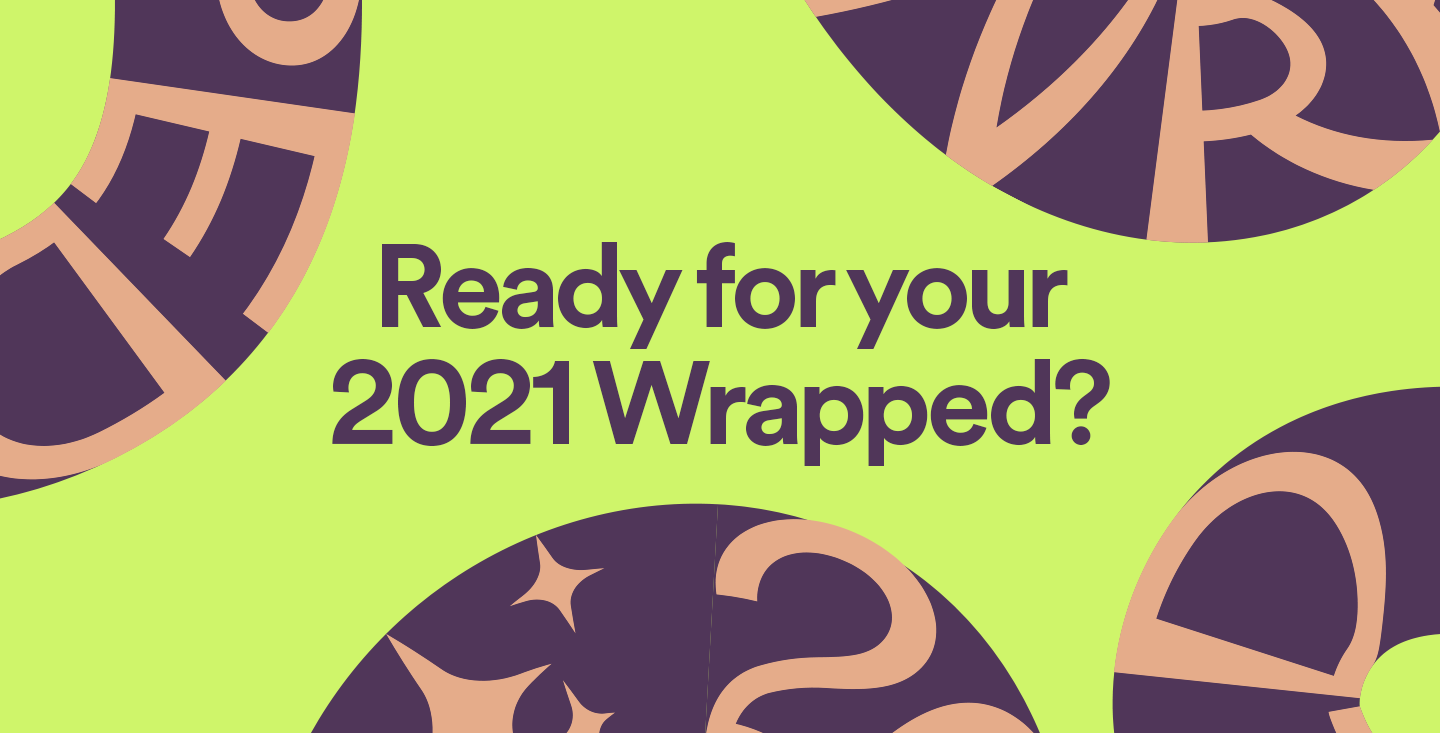
Source: Progressions
The Share a Coke campaign is another example of next-level brand awareness building. In this worldwide campaign, the company introduced bottles of Coke featuring popular names, playing into the brand’s community-oriented and friendly reputation. The campaign went viral on social media and increased sales.
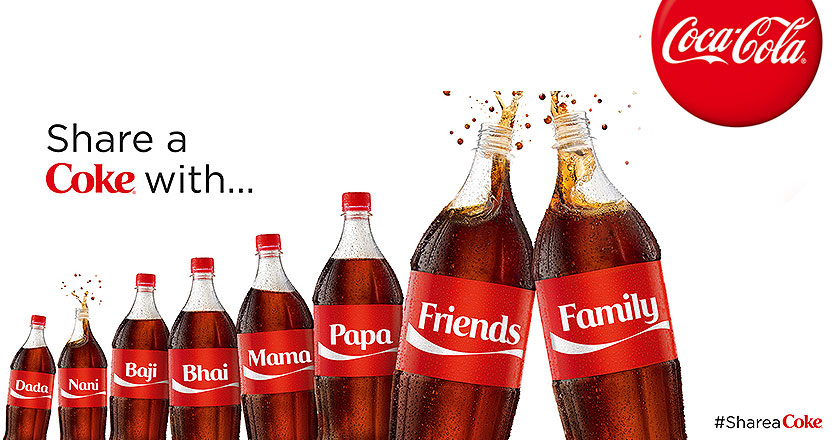
Source: UBC
Used Brand Recognition to Launch New Product
Well-established brands can use their brand recognition to create awareness of a new product. Once again, Coke gives us a great example of this. When the company launched ‘Coke Zero,’ it relied on its existing positive reputation for quality products. It also maintained its classic brand image but slightly tweaked the product packaging.
Today, Coke Zero is still a highly successful product for the company.

Source: Delish
A similar example is Red Bull, which used its brand image to successfully launch new products over the years, including Red Bull Simply Cola.
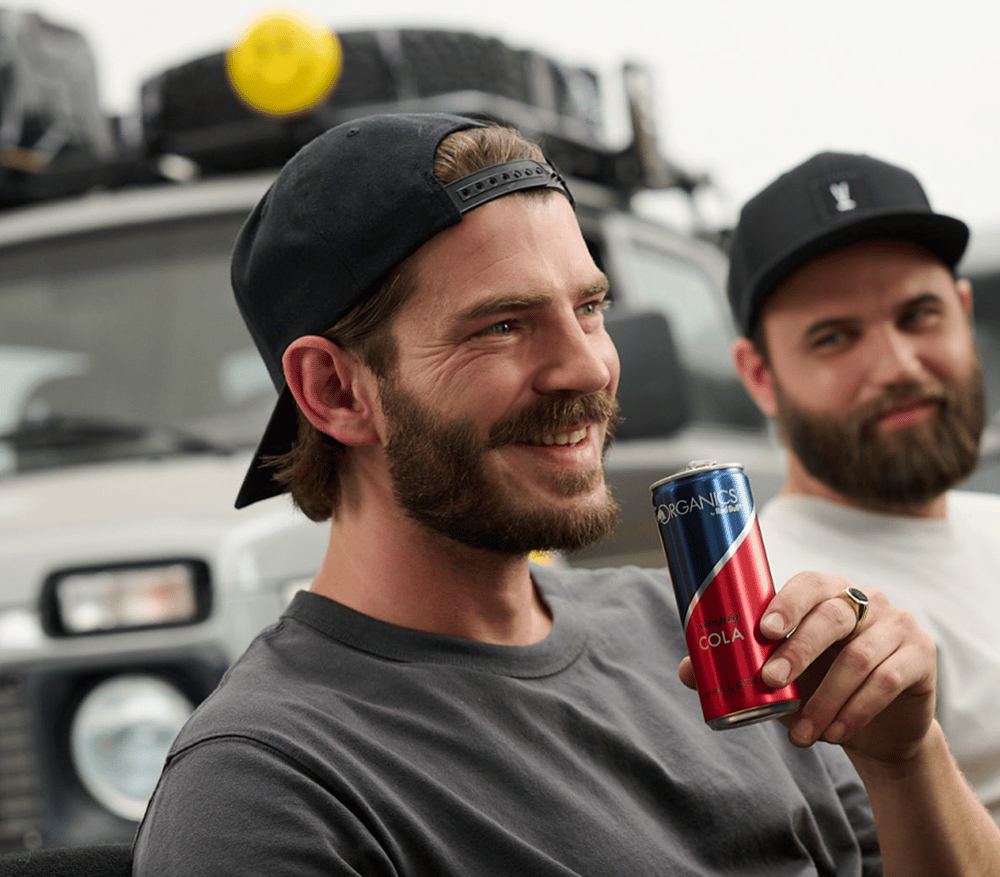
Source: Red Bull
Increase Your Brand Awareness Effectively Today
As we’ve seen, there’s a whole host of ways to boost brand awareness. The challenge is finding the right set of tactics to do it effectively.
GaggleAMP gets the ball rolling by turning your employees into brand advocates, leveraging them to extend brand awareness and deliver tangible differences to your reach. If you’re curious about how we can increase your brand awareness, schedule a free demo today!



